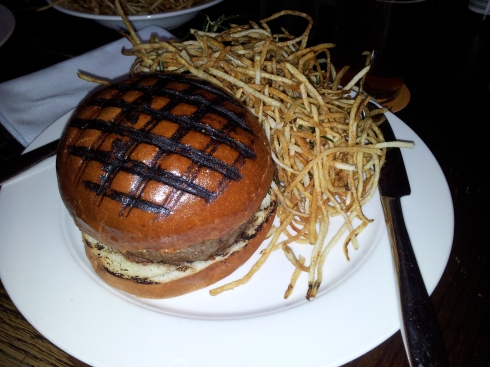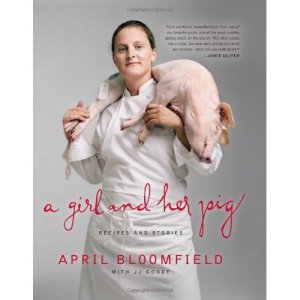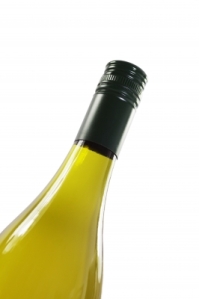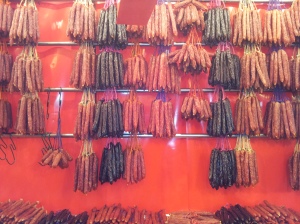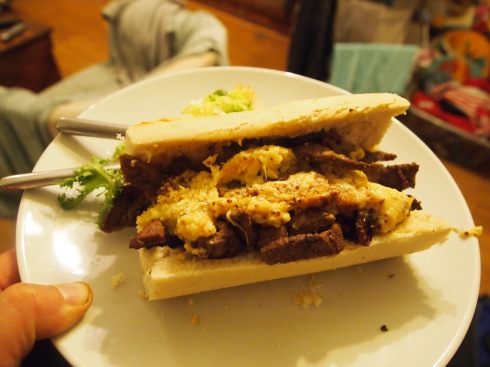 If ever there was a dish that sums up American food excess, it’s the cheesesteak.
If ever there was a dish that sums up American food excess, it’s the cheesesteak.
There couldn’t be a more aptly named plate. There is steak and there is cheese. There is also a slab of bread which effectively makes it a cheesesteak sandwich, and that is how you will often find it listed on diner menus.
Officially the cheesesteak must be made in the vicinity of Philadelphia, its spiritual home, but that’s like saying that a pasty can only be made in Cornwall. My first encounter with this monstrous pile of protein, fat and fibre came in New Jersey – not a million miles from Philly, but kind of like enjoying a Cornish pasty in Wiltshire. This didn’t make it any less decadently delicious. The beef was so tender it melted. The onions and cheese became as one. Unlike most meals on that trip I finished it easily despite being oversized.
So back in England and with a pack of frying steak in the fridge I decided to recreate my cheesesteak experience.
First thing was a bit of research. My reference for all things US and greasy is Man Versus Food and in a recent episode Adam Richmond takes on the mightiest of cheesesteaks.
This lead me to a related question (which if you watch the video you will have as well). What in the name of all things that are holy is ‘cheesewhiz’?
 If processed cheese is one short of the devil, then this yellow liquid is Beelzebub himself.
If processed cheese is one short of the devil, then this yellow liquid is Beelzebub himself.
I had to have some.
In the USA cheesewhiz comes in a jar. In the rest of the civilised world this stuff would probably be considered a class A drug and so if you want it you are going to need to make it yourself.
I won’t dignify cheesewhiz with a proper recipe, but it contained mustard, evaporated milk, a dash of tabasco and…cheese. This is supposed to be processed, but as I didn’t have any in the house, I had to ‘resort’ to real cheddar. Microwave this concoction for a couple of minutes and you have the amber, dairy-based nectar.
Assembling the cheesesteak itself was then a simple task. I sliced the frying steak as thinly as I could and flash-fried it with some sliced onion. I packed as much of this as I could into approximately half a baguette and topped with cheesewhiz.
You can see the results above. I think you will agree this is a fine looking steak sandwich in its own right. Add the sweet and sour cheesewhiz and you have a thing of beauty.
I didn’t tell Mrs G what went into the cheesewhiz and she thought it was pretty good. After she finished I told her the ingredients and she gagged, but don’t let that put you off as you have probably just pushed through the gagging stage yourself when you realised I was mixing evaporated milk with cheddar.
This was far from an authentic cheesesteak. A resident of Philadelphia would probably be upset I’m even making the connection, but for me it was a delicious reminder of happy times in American airports, and those are pretty thin on the ground.
